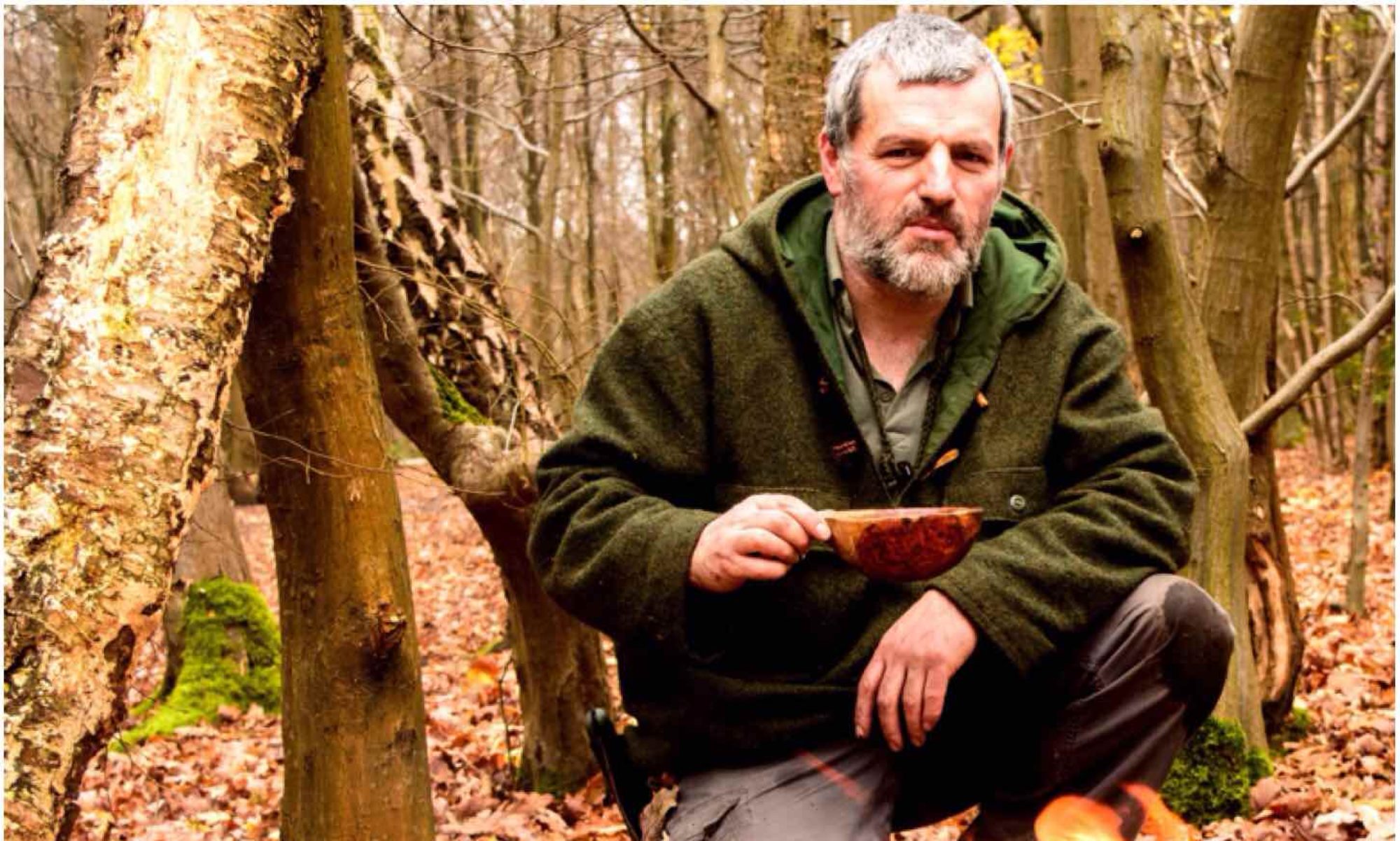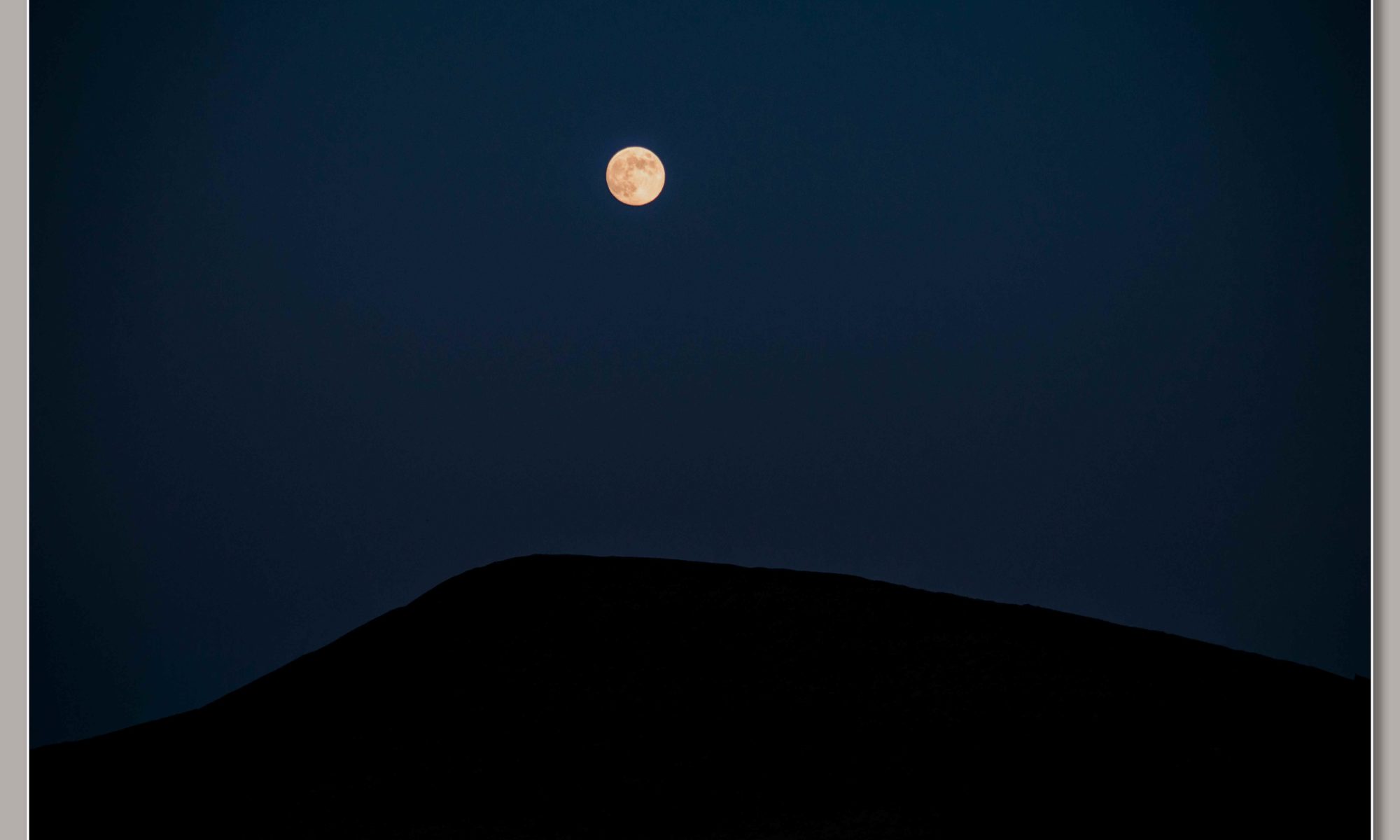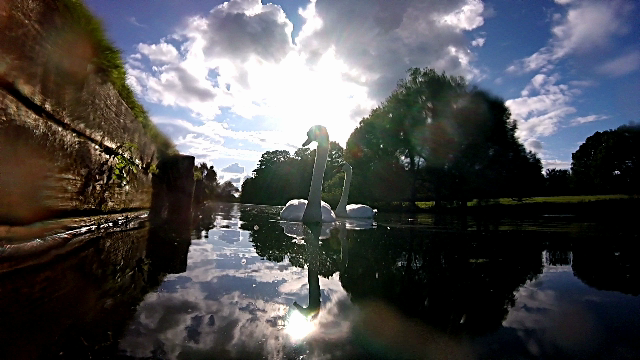Up until I got my DSLR (Nikon D3200) any pictures I took of the Moon showed a bright blob in the sky. Even with the standard kit of the D3200 things only got slightly better.
It was not until I obtained an 18-300mm zoom lens that I started having success (though I am a definite amateur here). The best bit of advice I ever received about shooting the Moon was to use a shutter speed of around 1/250 to 1/400, ISO 100 to 200 (though some say higher), f10 – 12 and around 200mm (though I do start to creep towards 300mm at times) – then I started to get some better results. I have since been told to shoot with the focus set on manual but have not tried that yet.
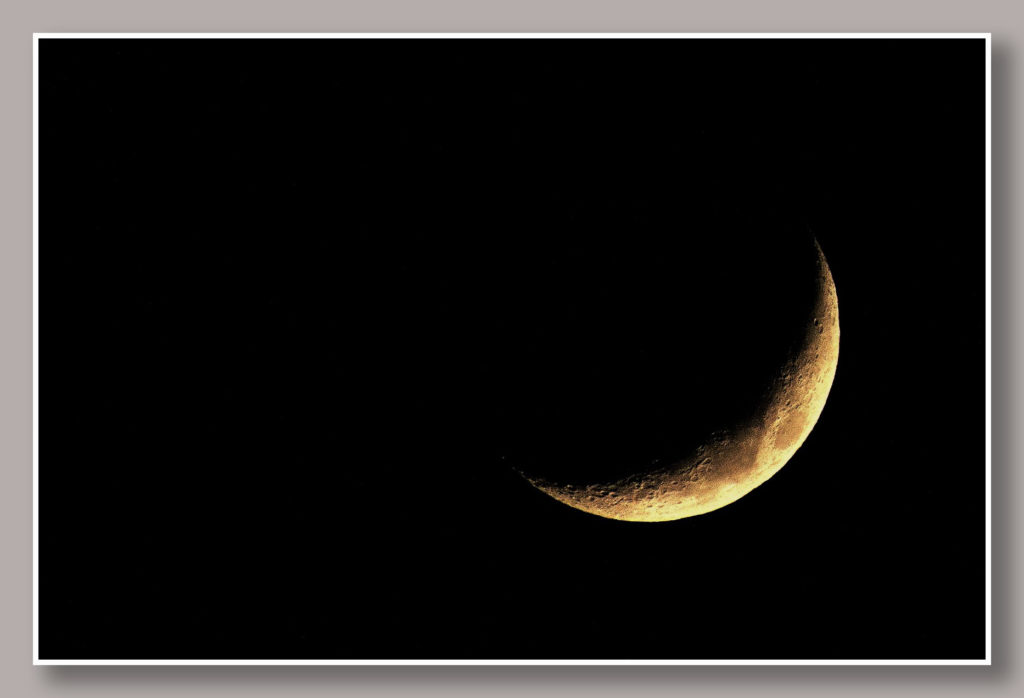
Getting the focus crisp seems to be my goal – most Moon pictures I take I bin but just occasionally the details of the craters really pop out.
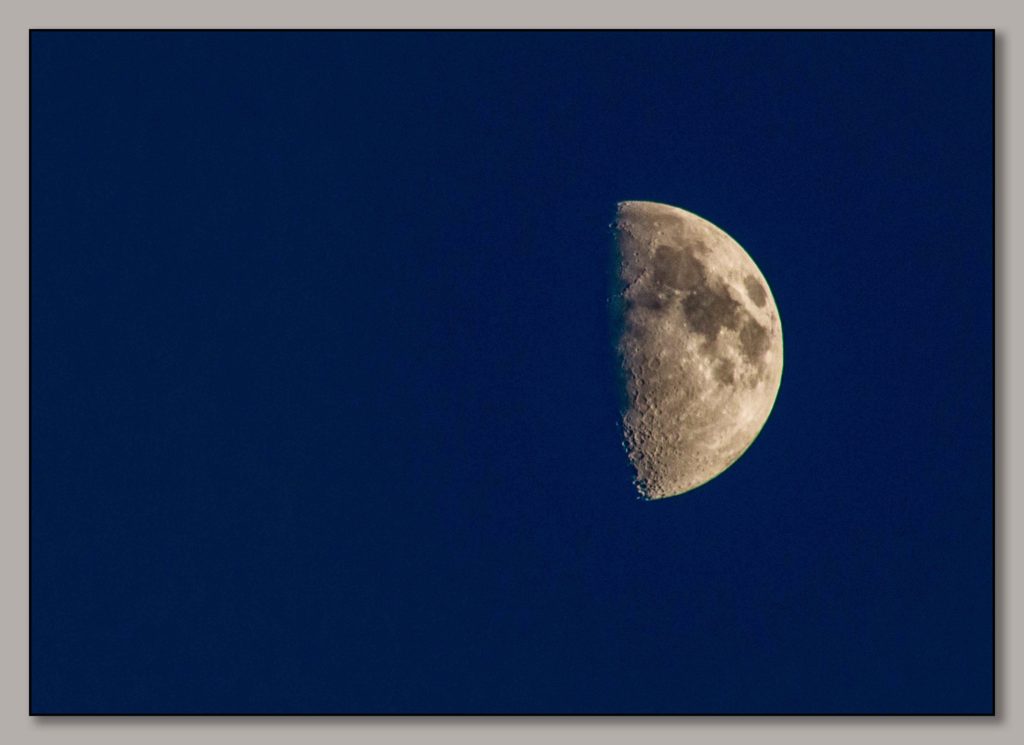
While out and about I try and get the Moon from different angles – though I have never mastered that art where you can use your zoom lens to make the Moon look larger than it actually is in comparison to other objects around it – below the Moon is sitting on top of some electricity cables.
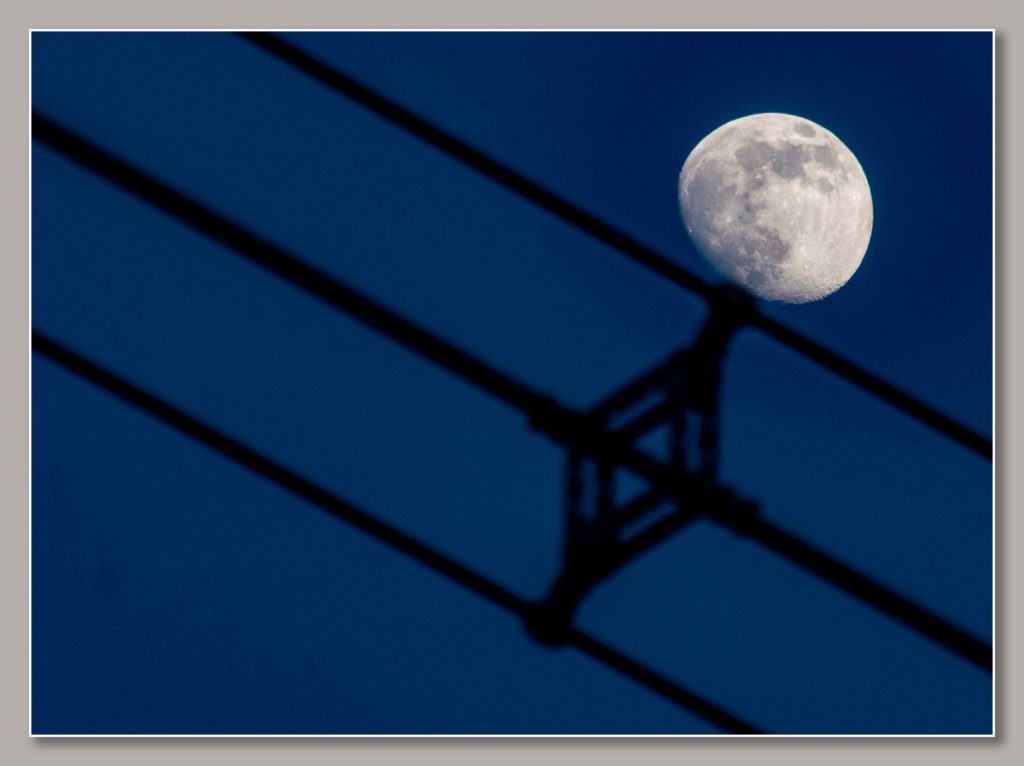
I have always wanted that Moon shot with a plane or a bird flying across it – this is the best I can come up with – one day 🙂
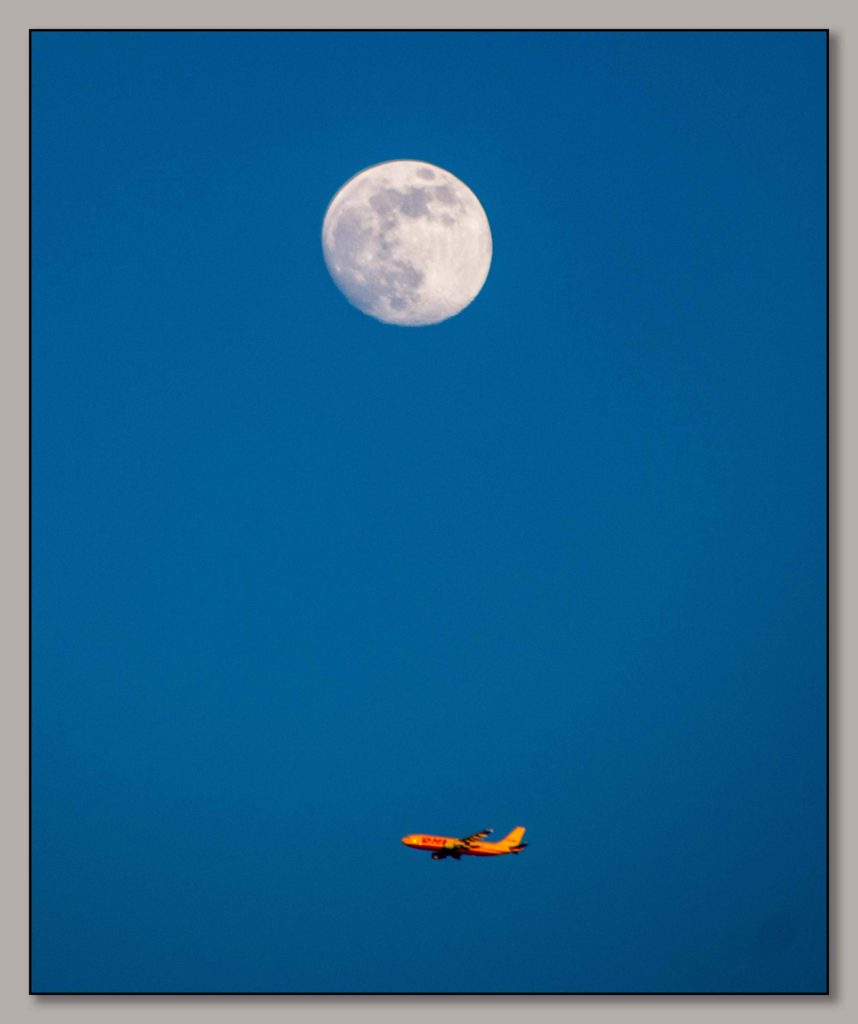
I often shoot the Moon through tree canopies however the scene below of the Moon over Lose Hill in the Peak District really caught my attention.
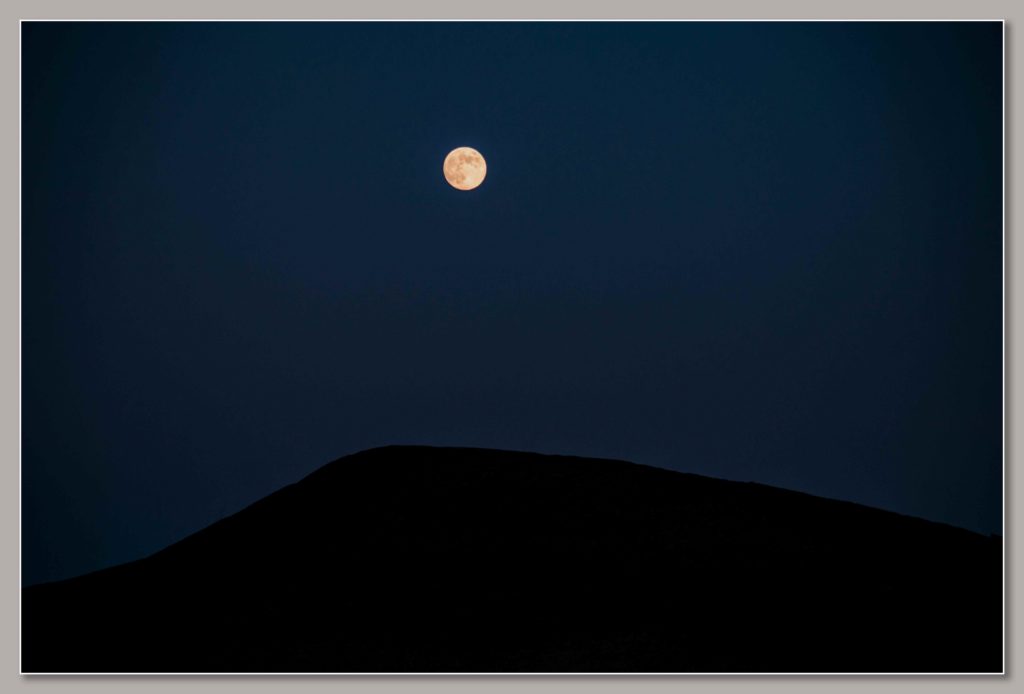
I have tried to put my photos of the Moon into the order they would appear in the sky from Waxing to Waning and realised that I had only one Waning Moon picture – must work on that 🙂
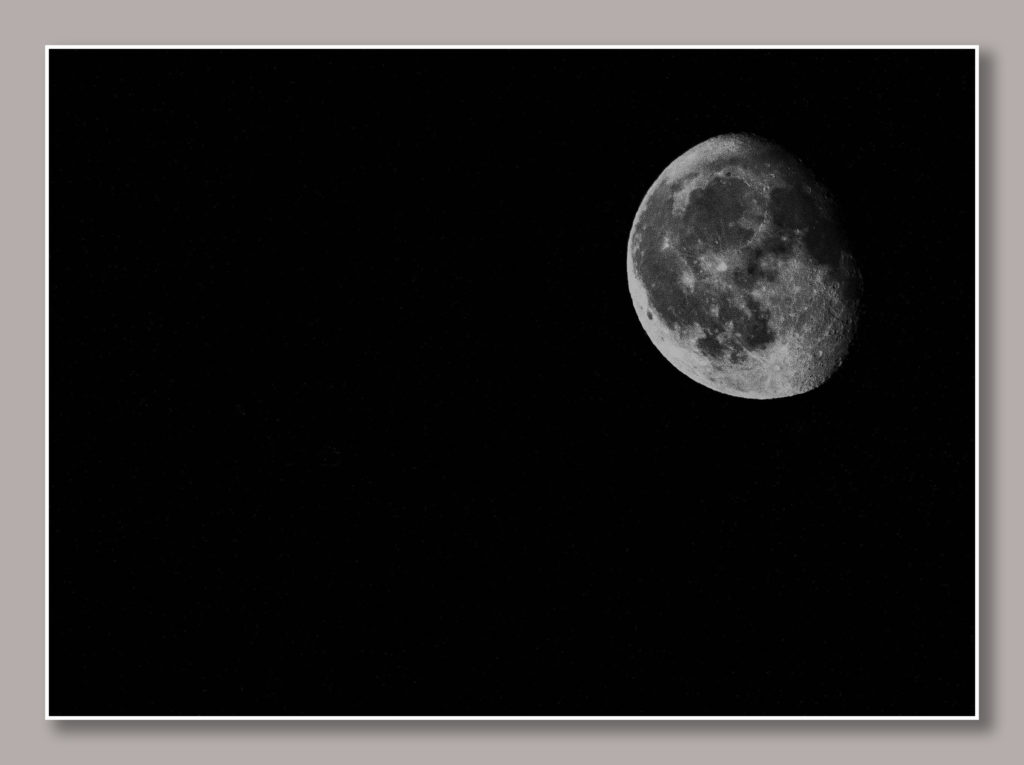
It is not all about detail – my kids asked to do this pic with a camera phone.
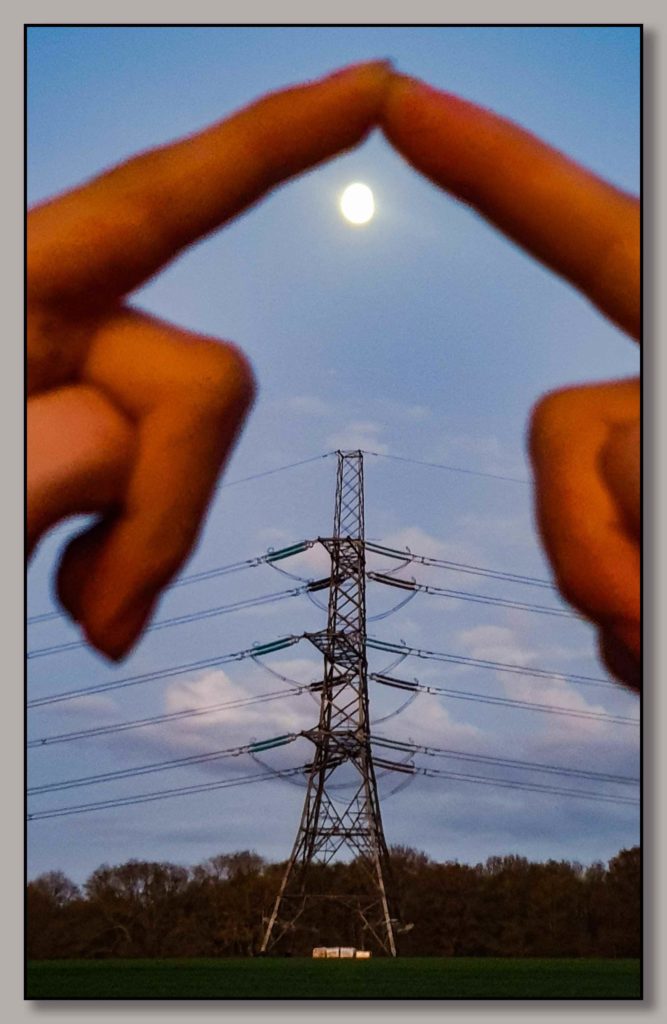
My last picture on the Moon is one of it rising. I took this without really looking at my settings – not crisp as I was using auto focus instead of manual but I do like that one of the craters is visible.
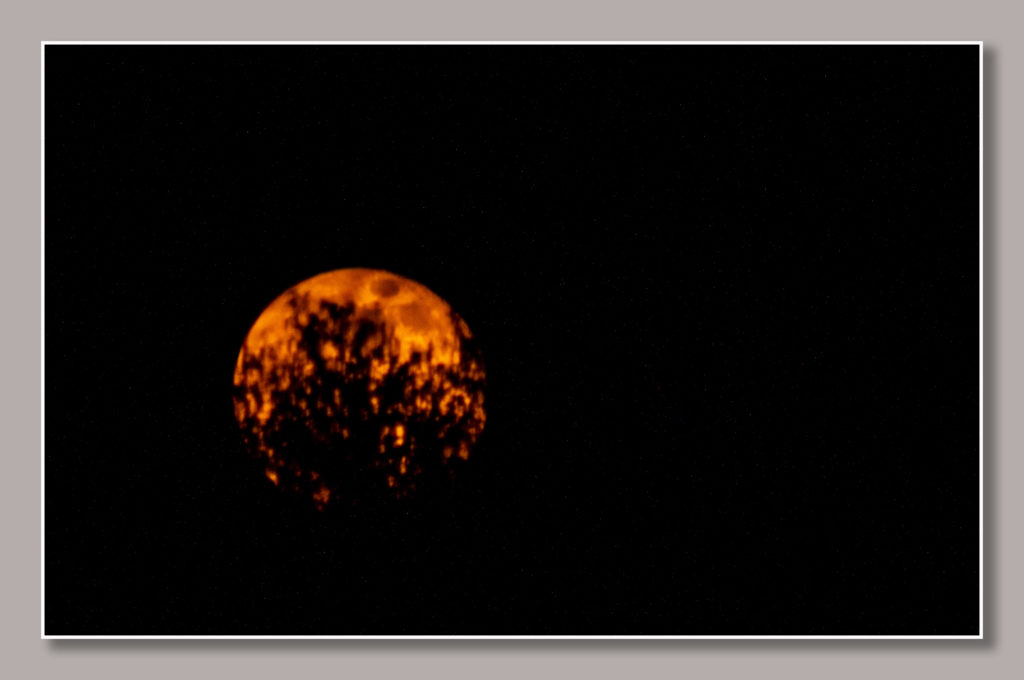
Cheers, George
